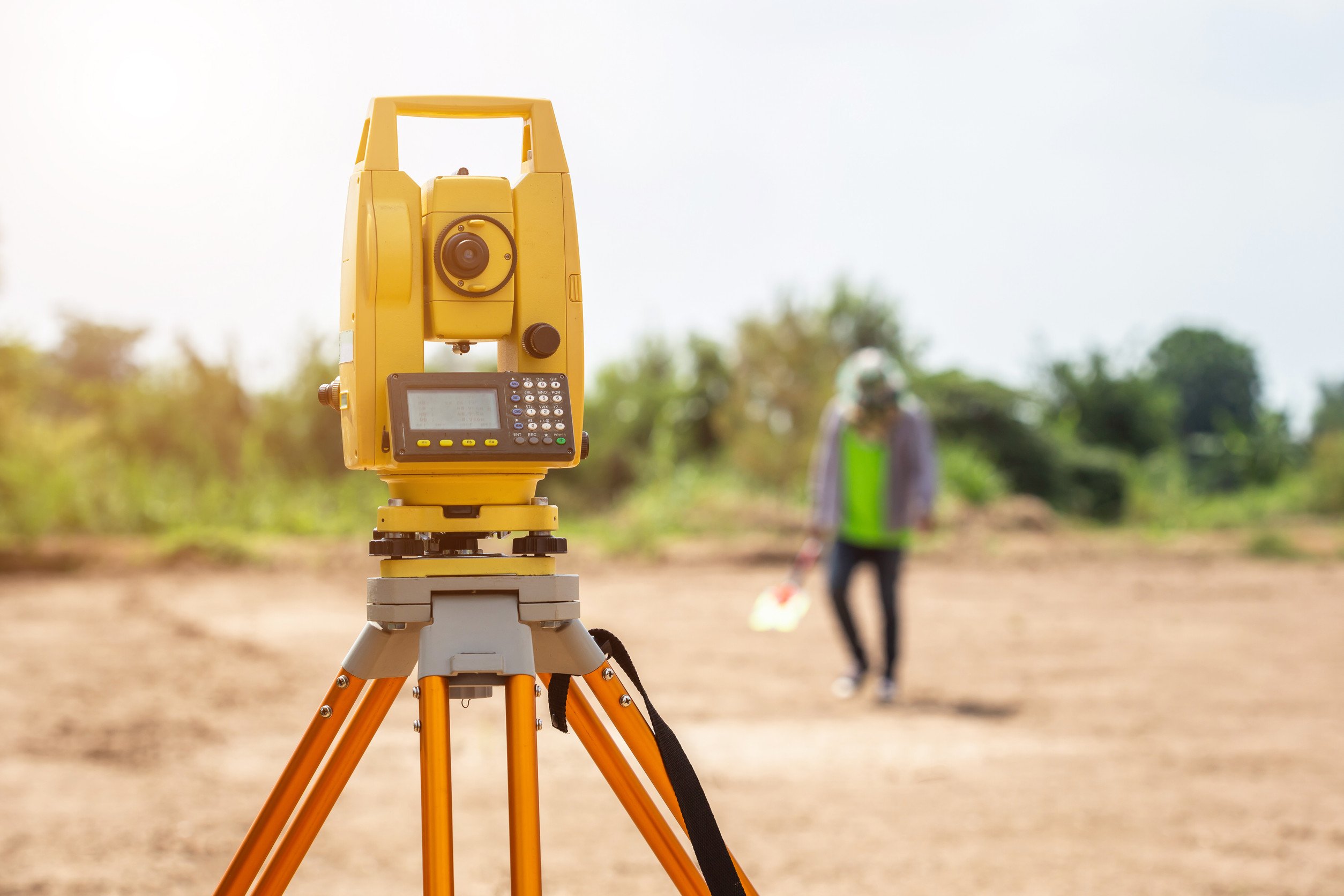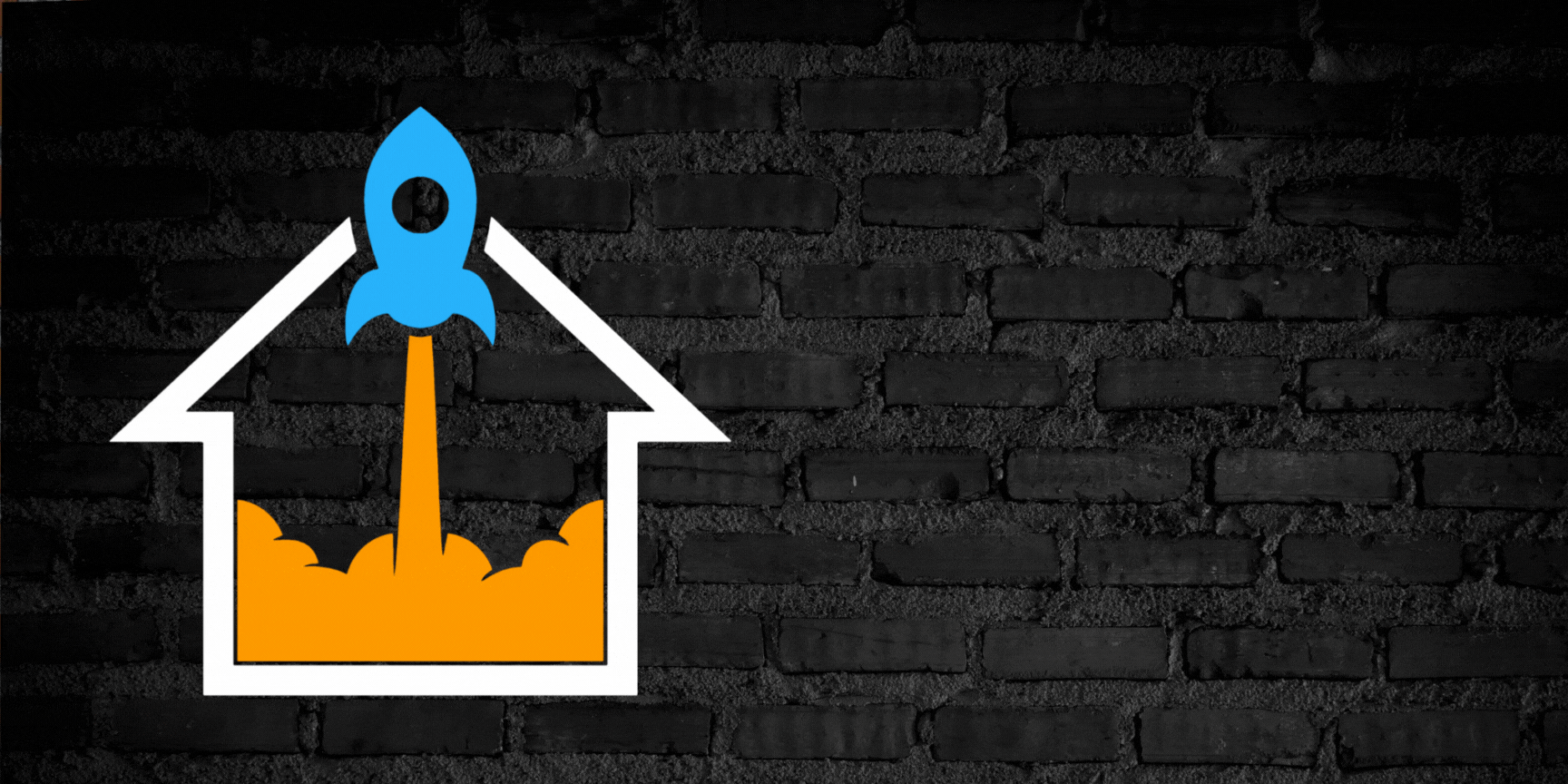If you’re a homeowner in California thinking about splitting your lot under SB-9, you’ve probably heard a lot of buzz about this new law. Maybe you’ve read articles that make it sound like you can just snap your fingers, cut your property in half, and turn a huge profit overnight. If only it were that simple. The reality? SB-9 offers a major opportunity, but the process is far from easy.
So, let’s break it all down—what SB-9 allows, what you need to consider before moving forward, and whether a lot split actually makes sense for you.
What is SB-9, and What Does It Allow?
SB-9 (Senate Bill 9, the California HOME Act), which took effect on January 1, 2022, is designed to tackle California’s housing crisis by making it easier for homeowners to create additional housing on their property. Specifically, it allows two things:
- Lot Splits – You can divide a single-family zoned lot into two separate parcels.
- Duplex Conversions – You can build two units on each of those newly created lots, meaning one single-family lot can potentially turn into four homes.
At first glance, this sounds like a dream come true for homeowners looking to maximize their property’s potential. But, as with most things in real estate, the devil is in the details.
Can You Actually Split Your Lot? Let’s Talk Eligibility
Not every lot qualifies for an SB-9 split. Here’s what you need to check before you start dreaming up your mini real estate empire.
First, your property must be located in a single-family residential zone. If your home sits in a multi-family zone, SB-9 doesn’t apply. Next, the lot must be at least 2,400 square feet, and the resulting split must create two parcels that are roughly equal in size. You can’t just carve off a tiny section of your lot and expect to sell it separately.
Another important requirement: You must agree to live on the property for at least three years after the split. This rule prevents large developers from exploiting the law and turning entire neighborhoods into investment zones. So, if you were hoping to split and immediately sell both lots, SB-9 might not be the best route for you.
Finally, there are restrictions on where SB-9 can be used. You can’t split lots in high-risk fire zones, floodplains, or historic districts. If your property falls into any of these categories, you’ll need to check with your city to see if there are exceptions or workarounds.
The Hidden Costs and Challenges of a Lot Split
Even if your property qualifies, the process isn’t as simple as filing a form and watching your lot magically divide in two. There are significant costs, time commitments, and bureaucratic hurdles to consider.
First, you’ll need to hire a surveyor to create a legal map of your new parcels. This can cost anywhere from $5,000 to $15,000, depending on your location. Then, you’ll need to work with the city’s planning department to get the split approved. This means you will likely face public hearings, environmental reviews, and potentially months of waiting.
Utility connections are another big factor. If you plan to develop both parcels, you’ll likely need to install new water, sewer, and electrical connections, which can run tens of thousands of dollars. And let’s not forget about permit fees, legal costs, and potential infrastructure upgrades that your city might require.
Once your lot is split, financing can get tricky. Many lenders don’t offer traditional home loans for newly created vacant lots, so if you need funding to build, you may have to explore more expensive construction loans or private financing.
Does an SB-9 Lot Split Actually Add Value?
Now, here’s the big question: Does splitting your lot under SB-9 actually make financial sense? The answer depends on a few key factors.
If you’re in a high-demand area where buildable land is scarce, a lot split could significantly increase the value of your property. But that’s only if the newly created lot is actually usable and appealing to buyers. A weirdly shaped or inaccessible lot may not sell for as much as you’d hope.
And while a split can boost value, the profitability of developing the new parcel is another story. Construction costs are high, labor is expensive, and getting a loan to build on a newly created lot can be challenging. If you plan to build, you’ll need to do a detailed financial analysis to ensure the project pencils out.
The Importance of Lot Configuration
One of the biggest misconceptions about SB-9 is that all lot splits are created equal. In reality, the size, shape, and topography of your property play a huge role in whether a split is viable.
A wider lot is typically more valuable than a deep but narrow one, because it allows for better access and more flexible building options. A steep lot can pose serious challenges, making construction more expensive and limiting what you can do with the new parcel. If your lot isn’t easily accessible, or if the split results in a strange configuration, its marketability could be much lower than you expect.
Navigating Local Regulations
Even though SB-9 is a statewide law, local governments have a lot of control over how it’s implemented. Some cities have added extra restrictions, such as larger minimum lot sizes or stricter design standards. Others have been slow to approve SB-9 applications, making the process drag on for months.
Before you get too deep into the process, check with your city’s planning department to see what local rules apply. A city like Cupertino may have different requirements than San Jose, and understanding these nuances early on can save you time and money.
Hiring a Land Use Planner to Help with your SB-9 Lot Split
Hiring a land use planner can be one of the smartest decisions when pursuing an SB-9 lot split. While SB-9 was designed to streamline the process of splitting a single-family lot, the reality is that local zoning laws, permit requirements, and infrastructure considerations can make the process complex. A land use planner can help you navigate these challenges, saving time, money, and frustration.
Why a Land Use Planner is Valuable for an SB-9 Lot Split
If you’re planning a straightforward lot split in a city that has a clear and simple approval process, you might be able to handle the application yourself with the help of a surveyor. However, if your property has complicated zoning, access issues, or utility challenges, a land use planner can be an invaluable resource.
1. Understanding Local Regulations & Restrictions
Although SB-9 is a statewide law, individual cities and counties have significant control over how it is applied. Some local governments have enacted additional requirements that make SB-9 lot splits more restrictive than expected. A land use planner can analyze local zoning codes, setbacks, and density limits to ensure your project meets all requirements.
For example, some cities require additional environmental reviews or have unique limitations on access to utility services. If your property is in a wildfire zone or near sensitive environmental areas, additional mitigation steps may be needed. A land use planner will flag these potential roadblocks early in the process.
2. Optimizing Lot Configuration & Design
Not all lot splits are created equal. The layout of the newly created parcels has a huge impact on marketability, usability, and resale value. A land use planner can help you determine the best way to divide your lot based on factors like:
- Street frontage requirements (ensuring each lot has appropriate access)
- Utility access (avoiding costly new water and sewer connections)
- Topography (ensuring buildability, avoiding steep or irregular lot shapes)
- Setbacks & easements (maximizing usable space while complying with regulations)
A well-planned lot split makes the new parcels more desirable for future buyers or developers. A poorly planned one could leave you with an awkward, hard-to-sell piece of land.
3. Managing the Permitting Process
A land use planner is familiar with the bureaucratic side of development, including how to prepare and submit applications to city planning departments. They can ensure that your paperwork is complete, accurate, and optimized for faster approval.
In many cities, SB-9 applications are still subject to lengthy review processes, and missing a small detail in your application could result in months of delays. A planner can keep the process moving smoothly and anticipate objections from planning officials before they become major issues.
4. Coordinating with Civil Engineers & Surveyors
A lot split isn’t just a matter of drawing a line on a map—it requires professional surveys, infrastructure planning, and potential grading work. A land use planner can coordinate with surveyors, civil engineers, and utility providers to ensure that the new lots meet all legal and practical requirements.
For example, if your new lot requires a new driveway, separate sewer lines, or improved stormwater drainage, these upgrades must be planned in advance to comply with city regulations. A planner can help you determine the most cost-effective way to handle these upgrades.
5. Avoiding Costly Mistakes
Many homeowners underestimate the true cost of an SB-9 lot split. While the law makes the process easier than a traditional subdivision, there are still significant fees, legal requirements, and logistical challenges. A land use planner can help you budget accurately and avoid unexpected expenses that could derail your project.
For example, some property owners split their lots without realizing that the new lot is unbuildable due to utility or access issues. Others spend money on unnecessary improvements because they didn’t have a clear understanding of what was legally required. A land use planner ensures that you only invest in the improvements that truly add value.
How Much Does a Land Use Planner Cost?
The cost of hiring a land use planner varies depending on the complexity of your lot split and the location of your property. In general, you can expect to pay:
- Basic consulting: $2,000 – $5,000
- Full project management (including permit applications, lot design, and coordination with surveyors): $10,000 – $20,000
While this may seem like a significant expense, it can ultimately save you thousands of dollars in avoided mistakes, faster approvals, and better lot optimization.
Given the potential financial upside of a well-executed lot split, hiring a professional to navigate the legal and logistical challenges can be a smart investment. If you’re unsure whether you need a land use planner, consulting with one for an initial feasibility study can give you clarity on whether their services would be beneficial for your specific project.
If you need a referral to a great land use planner, please feel free to contact me.
Other New California Laws about Lot Splitting
In recent years, California has enacted several laws to address the housing shortage by facilitating lot splitting and increasing housing density. Beyond the well-known Senate Bill 9 (SB 9), which allows homeowners to split single-family lots and build additional units, other significant legislation includes:
Senate Bill 684 (SB 684): Enacted in 2023, SB 684 streamlines the subdivision process for multifamily-zoned parcels. It permits property owners to subdivide parcels of five acres or less into up to ten for-sale lots, aiming to boost the availability of affordable housing. This law focuses on facilitating smaller-scale developments in multifamily zones.
Senate Bill 1123 (SB 1123): Signed into law in 2024, SB 1123 extends the provisions of SB 684 to single-family residential zones. It allows subdivision streamlining for vacant lots less than 1.5 acres within single-family zones, enabling the creation of up to ten units per parcel. This expansion aims to promote infill development and increase housing supply in areas traditionally limited to single-family homes.
Senate Bill 450 (SB 450): Also enacted in 2024, SB 450 strengthens the original SB 9 by clarifying its intent and limiting the design and zoning standards that local governments can impose on SB 9 projects. It prohibits local authorities from assigning objective zoning, subdivision, or design standards to SB 9 projects that do not apply to single-unit zoned areas and restricts the time period for cities to delay SB 9 applications to a maximum of 60 days. This law aims to prevent local jurisdictions from undermining the implementation of SB 9 through restrictive measures.
Senate Bill 1211 (2024): SB 1211 took effect on January 1, 2025 and significantly increases the allowable number of detached ADUs on multi-family zoned properties from two to eight, provided the number of ADUs does not exceed the existing number of units within the multi-family dwelling.
These legislative efforts collectively aim to streamline the development process, reduce bureaucratic hurdles, and encourage the construction of diverse housing types to address California’s ongoing housing crisis.
Converting your California Property into a Condominium
A notable development in California’s housing laws is Assembly Bill 1033 (AB 1033), enacted in 2023. This legislation permits homeowners to convert accessory dwelling units (ADUs) into condominiums, allowing them to be sold separately from the primary residence. This change aims to increase homeownership opportunities and expand the state’s housing supply. However, it’s essential to recognize that AB 1033 grants local jurisdictions the authority to adopt ordinances permitting such conversions; it does not mandate a statewide policy. Therefore, homeowners interested in this option must consult their local planning departments to determine if their jurisdiction has adopted the necessary ordinances.
So, Should You Do It?
If you’re thinking about an SB-9 lot split, it’s crucial to go in with realistic expectations. While it can be a great way to add value to your property, it’s not a quick or easy process. You need to factor in costs, financing challenges, and local regulations before making a decision.
If your goal is to sell the new lot for a profit, make sure you understand the demand for vacant lots in your area and whether buyers are willing to pay enough to justify the costs. If you’re planning to build on the lot, be sure you have a solid budget, financing plan, and understanding of construction timelines.
At the end of the day, SB-9 is a tool, not a guarantee of easy money. For some homeowners, it’s an incredible opportunity to unlock value in their property. For others, it may not be worth the hassle. Either way, knowing what you’re getting into is the key to making an informed decision that benefits you in the long run.
Check out these Great Homes for Multi-Generational Living
2
3
4
5
6
7
8
9
10
11
12
13
14
15
16
17
18
19
20
21
22
23
24
25






